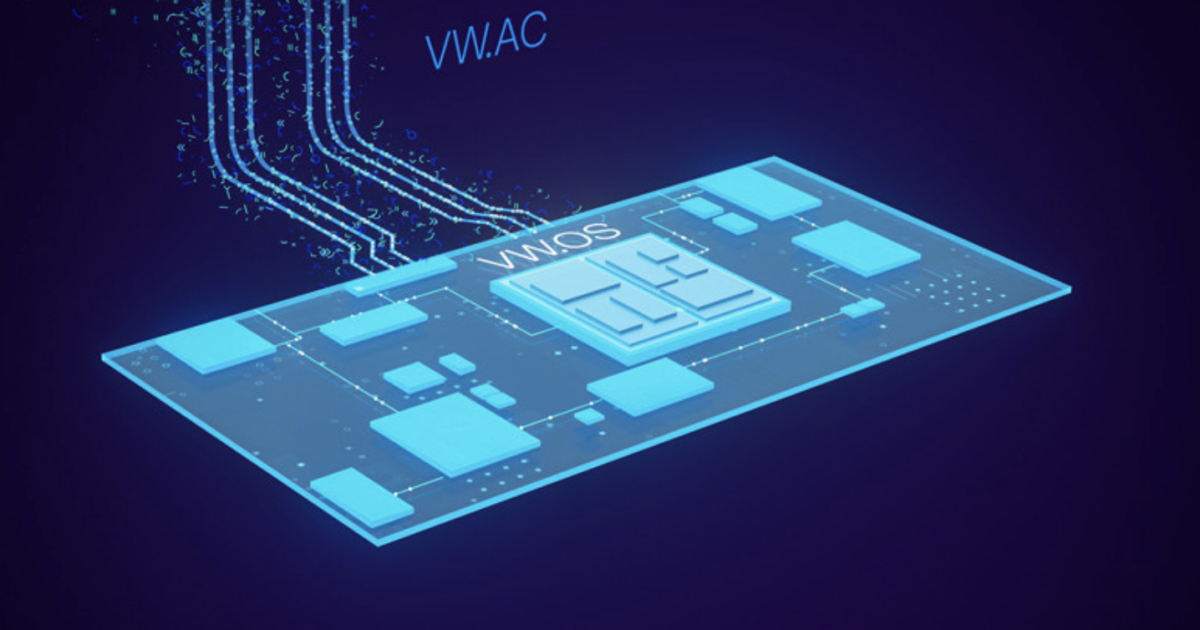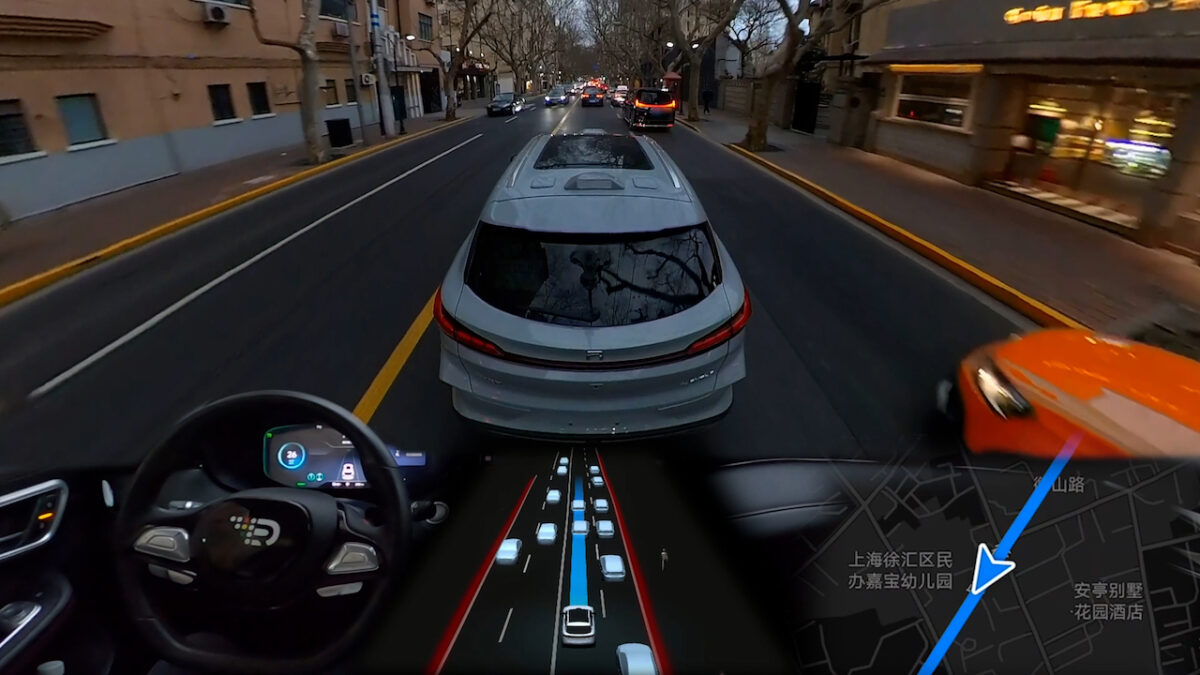The launch of 12 pure electric vehicle models, 40 vehicles with autonomous drive technology and a move into robo-vehicle ride-hailing services are some of the key objectives laid out by the Renault Nissan Mitsubishi Alliance (RNMA) as it seeks to raise group-wide annual sales to 14 million units.
Published in September 2017, its current strategic plan, Alliance 2022, has been developed with the additional aim of doubling annual synergies to €10bn (US$11.6bn) by the end of the six-year period.
Renault is targeting annual sales of 5 million units and EV leadership with eight BEVs and 12 electrified models. Nissan’s strategy calls for annual sales of 1 million electrified Nissan and Infiniti vehicles by FY 2022, using a range of electrification technologies
The inflated Renault Nissan Mitsubishi Alliance (RNMA) is now comprised of ten brands, which, ranked in order of sales, are Nissan, Renault, Mitsubishi, Dacia, Lada, Infiniti, Venucia, Datsun, RSM and Alpine. Thanks to the recent consolidation of AvtoVAZ, and Nissan’s acquisition of a 34% stake in Mitsubishi Motors (MMC), RNMA sales reached a record 10.61 million cars and light commercial vehicles (LCVs) in 2017, and marked the Alliance’s eighth successive year of rising sales.
“Renault and the Alliance don’t get the strategy right every time,” said Jonathan Storey, author of the latest Automotive Worldstrategy update on RNMA. “Take for example the huge investment in BEVs, which has yet to yield commensurate dividends, and Nissan’s failure to achieve significant three-year objectives in recent years. But the Alliance is adept at spotting a bargain, and Renault’s 1999 investment in Nissan has been repaid many times over, as has its acquisition of Dacia. The recent acquisition of AvtoVAZ and the stake in Mitsubishi Motors will be similarly successful, with output by both companies expected to grow by over 25% between 2017 and 2022.”
The Alliance 2022 strategy includes the individual brands’ strategies designed to meet the group-wide goals. Renault is targeting annual sales of 5 million units, EV leadership with eight BEVs and 12 electrified models, a push on connectivity and the launch of 15 models with autonomous drive capability. Nissan’s strategy calls for annual sales of 1 million electrified Nissan and Infiniti vehicles by FY 2022, using a range of electrification technologies; it will also equip 20 models in 20 markets with autonomous drive technology, and push hard on connectivity across the Nissan, Infiniti and Datsun brands.
Thanks to the recent consolidation of AvtoVAZ, and Nissan’s acquisition of a 34% stake in Mitsubishi Motors (MMC), RNMA sales reached a record 10.61 million units in 2017, and marked the Alliance’s eighth successive year of rising sales
To identify new business models and to react quickly to innovative new technologies, RNMA launched a corporate venture capital arm in January 2018, called Alliance Ventures. This US$1bn investment arm, co-located in Amsterdam, Silicon-Valley, Paris, Yokohama, Beijing and Tel Aviv, has a specific remit to focus on new mobility, autonomous driving, connected services, electric vehicles and energy. It is also exploring opportunities in ‘Enterprise 2.0’, which promotes the company-wide use of social software platforms to increase corporate transparency.
To learn more about the production plans and global strategies of the brands that make up the Renault Nissan Mitsubishi Alliance, and to understand how plans for growth will see the Alliance exceed 12 million units by the end of the forecast period, download Automotive World’s Strategy update: Renault Nissan Mitsubishi Alliance – 2018 edition

